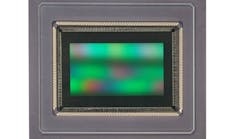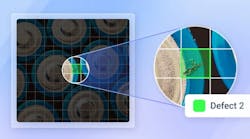There is a big difference between the way the silicon industry implements computation and the way brains behave," says Tobias Delbrück of the Institute of Neuroinformatics at the University/ETH (Zurich, Switzerland). "Logic synthesis tools have made it relatively easy to produce chips with millions of transisitors, as long as you have lots of money, are willing to stick to the paradigm of synchronous logic, and have a large semiconductor company behind you to support you with the latest tools and libraries. Despite this, there are alternatives to this approach for many applications, in particular, in areas such as vision. And much of the inspiration for these designs, their organization, and the way we think about them derives from studies of the human nervous system.
Voice Your Opinion
Voice Your Opinion




